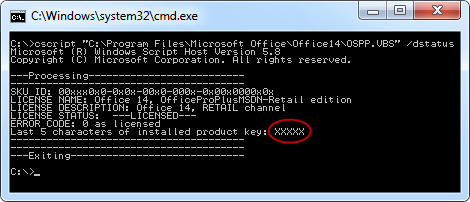KANOA enhances every experience, no matter how routine, through the power of music, giving users the freedom to enjoy the soundtrack to life’s moments with no limitations.


The most seamless, truly wireless music and athletic experience.
True Wireless
We wanted to give you the most seamless music experience, so we cut the cords completely. That’s right, our earphones are completely wireless. Control KANOA with any Bluetooth 3.0-4.0 device from up to 33ft away!

Unmatched ErgonomicsWe designed KANOA to fit securely and comfortably in your ear; giving you the freedom of movement you have always deserved. Mix and match our various silicon jackets and ear tips to custom-fit your ears so they’ll never fall out or feel unnatural.
Superior Audio Quality
We spent a lot of time fine tuning our acoustics to perfection. We integrated the latest in audio technology (drivers, codecs, chipsets) and arranged them within the device to deliver beautiful sound straight to your ears. You can even custom-tune the music through The App/ Equalizer.
Easy Wireless Charging
KANOA earphones’ battery allows for 4-6 hours of playtime. In addition, it comes with a sleek carrying case that doubles as a charger giving you an extra 3 full charges on the go! Simply drop your earphones in the case, and they’ll immediately start charging.
The App
The KANOA App has a lot to offer. Not only can you adjust all your listening preferences and fine-tune your music with the Audio Equalizer, but you can also adjust your Audio Transparency and integrate streaming services seamlessly. You don’t need the App to use KANOA Earphones, but it definitely adds to the experience.
True Wireless
We wanted to give you the most seamless music experience, so we cut the cords completely. That’s right, our earphones are completely wireless. Control KANOA with any Bluetooth 3.0-4.0 device from up to 33ft away!
Unmatched ErgonomicsWe designed KANOA to fit securely and comfortably in your ear; giving you the freedom of movement you have always deserved. Mix and match our various silicon jackets and ear tips to custom-fit your ears so they’ll never fall out or feel unnatural.
Superior Audio Quality
We spent a lot of time fine tuning our acoustics to perfection. We integrated the latest in audio technology (drivers, codecs, chipsets) and arranged them within the device to deliver beautiful sound straight to your ears. You can even custom-tune the music through The App/ Equalizer.
Easy Wireless Charging
KANOA earphones’ battery allows for 4-6 hours of playtime. In addition, it comes with a sleek carrying case that doubles as a charger giving you an extra 3 full charges on the go! Simply drop your earphones in the case, and they’ll immediately start charging.
The App
The KANOA App has a lot to offer. Not only can you adjust all your listening preferences and fine-tune your music with the Audio Equalizer, but you can also adjust your Audio Transparency and integrate streaming services seamlessly. You don’t need the App to use KANOA Earphones, but it definitely adds to the experience.
- Performance Tracking – HeartRate, Calories, Distance, Time
- Custom Audio Tuner / Equalizer
- Intuitive Universal Music Player
- Audio Transparency
- Quick One-time Sync-up
- Earphone Control and Info
- Motivating Playlists from the Pros
- Various Social/Sharing Features
Passive Noise Isolation
Our efficient design provides a cleanly sealed off fit that ensures upwards of 30dB of passive noise isolation. This allows you to hear your music much more clearly, block out unwanted noise, save your eardrums from damage and immerse yourself in music. You also don’t hear the annoying “hmm” like with “noise canceling” headphones.
Our efficient design provides a cleanly sealed off fit that ensures upwards of 30dB of passive noise isolation. This allows you to hear your music much more clearly, block out unwanted noise, save your eardrums from damage and immerse yourself in music. You also don’t hear the annoying “hmm” like with “noise canceling” headphones.
Dynamic Audio:
Studies have shown that even a slight increase of pace and volume in music can affect your athletic productivity substantially. For an enhanced workout experience DYNAMIC AUDIO provides a custom playlist responsive to your body vitals. Taking into account previous records plus current factors such as your heart rate, your music will change in pace and volume appropriately.
For example: You select your “Back and Biceps” playlist with a 45 minute session. The App starts your music at a warm-up pace and increases steadily as time elapses. Music intensity such as volume and speed increase in peaks for a more dynamic workout before coming down for the cool-off.
For example: You select your “Back and Biceps” playlist with a 45 minute session. The App starts your music at a warm-up pace and increases steadily as time elapses. Music intensity such as volume and speed increase in peaks for a more dynamic workout before coming down for the cool-off.
Tech Specs
- Dynamic Audio
- Audio Transparency
- Battery : 4-6 hours of playtime
- Charge Time : 30min
- Water Resistant : IP68 Rating.




